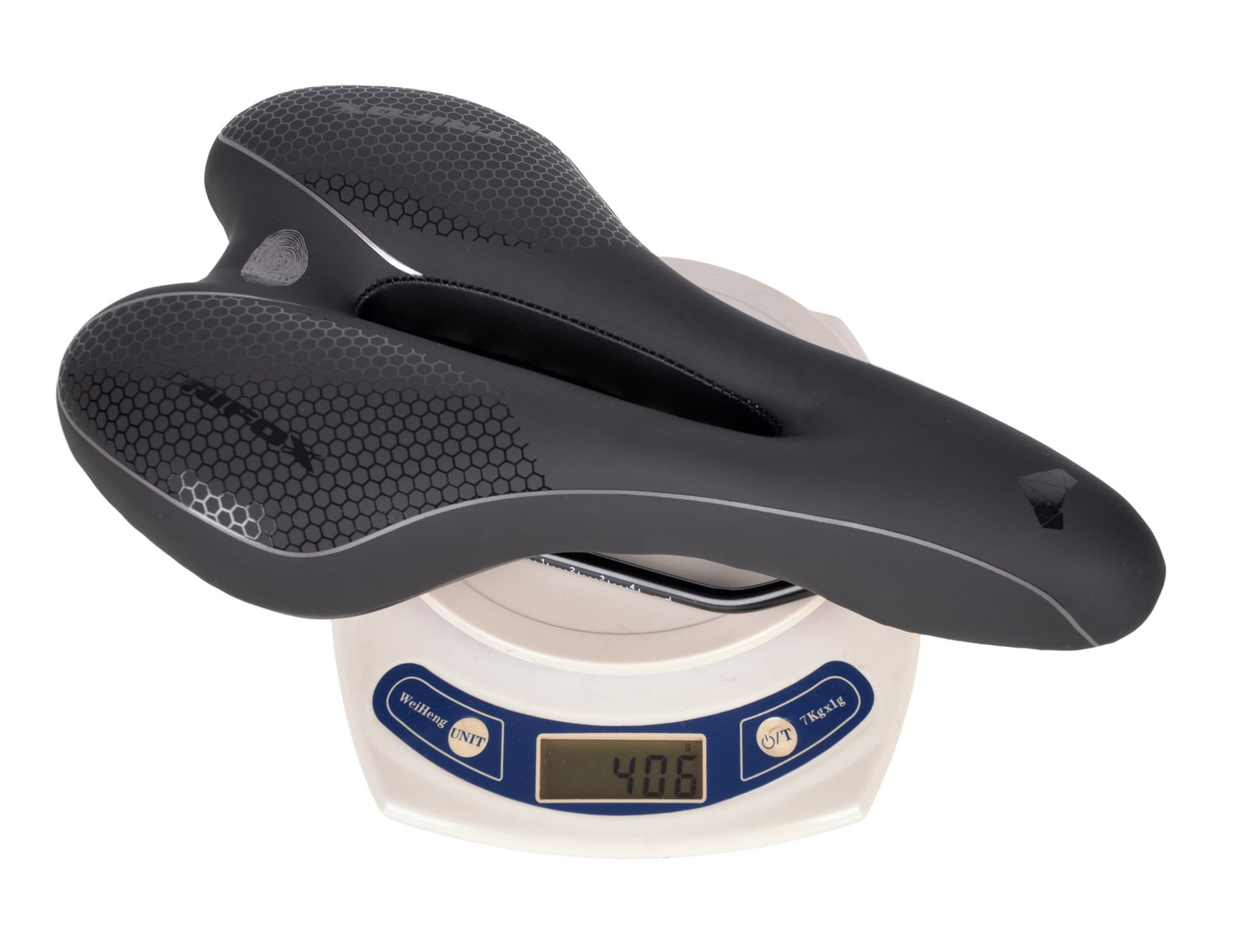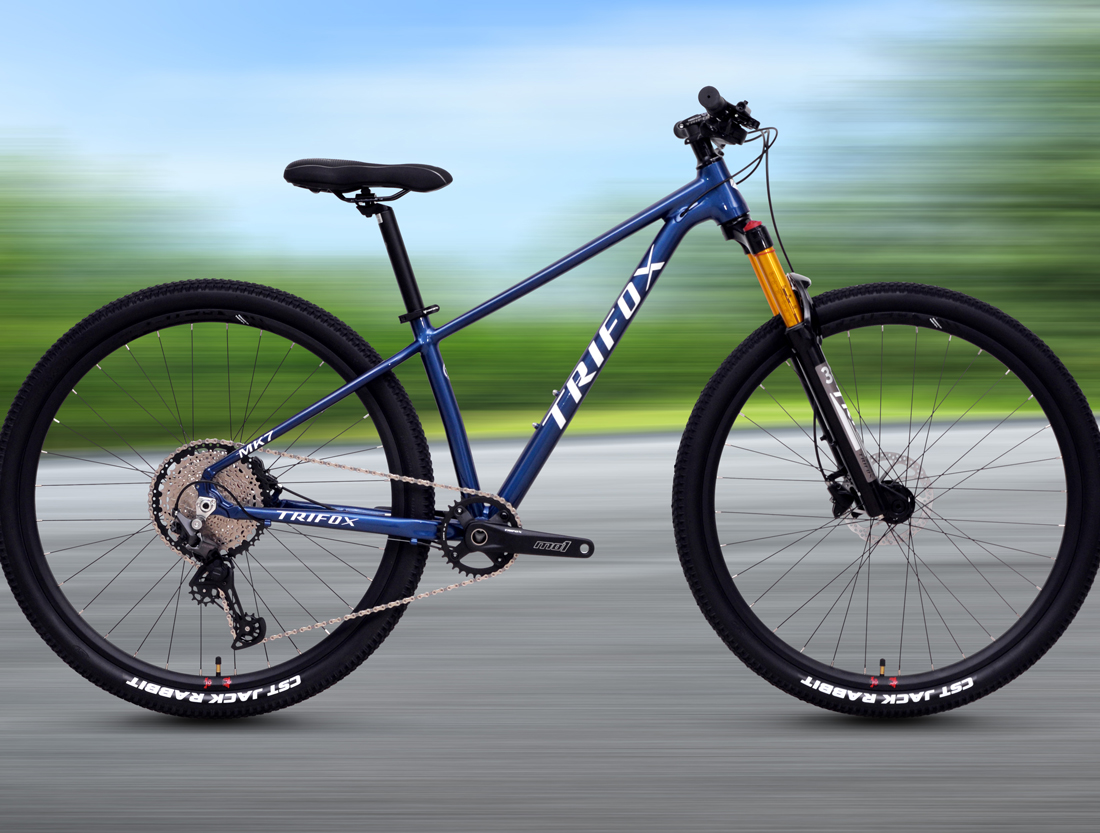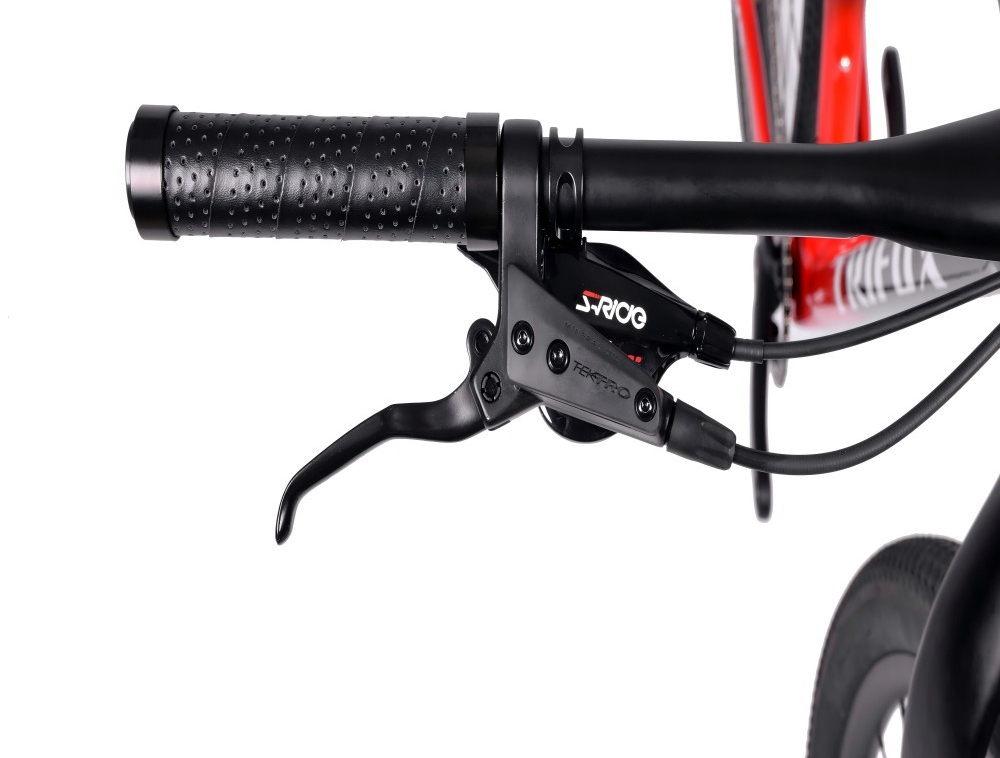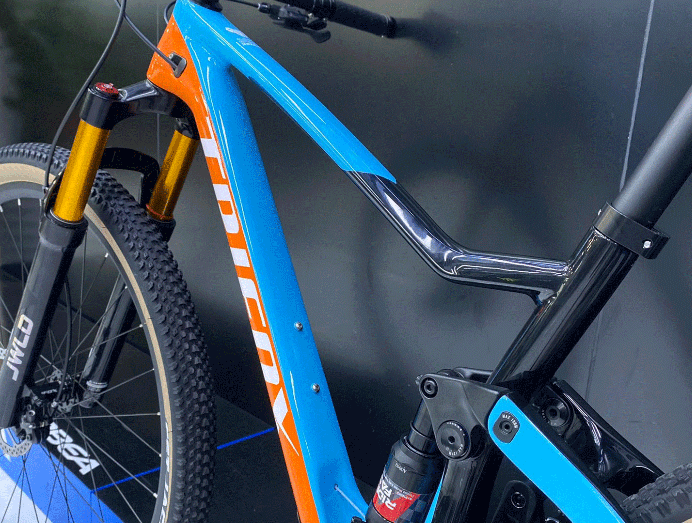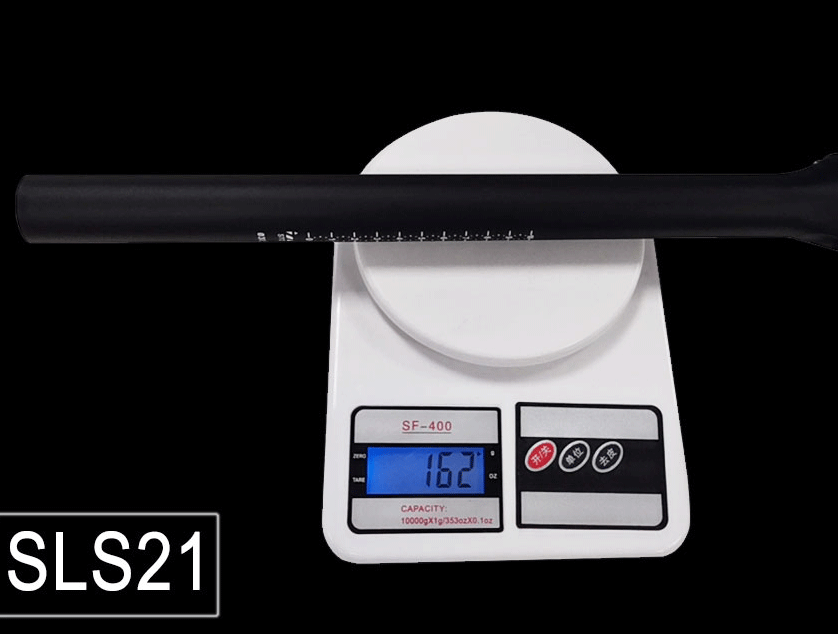Maintaining your bicycle's wheel integrity is crucial for a smooth and safe ride. One of the key aspects of wheel maintenance is ensuring that the spokes are properly tightened. Loose or unevenly tensioned spokes can lead to wobbly wheels, poor handling, and even catastrophic failure over time.
Understanding Bicycle Spokes and Wheel Tension
Before diving into the process, it’s essential to understand the role of spokes in your bicycle wheel. Spokes connect the wheel hub to the rim, distributing the weight evenly and maintaining the wheel's shape. Proper spoke tension ensures that the wheel remains true (straight) and can withstand the forces exerted during riding.
Tools You'll Need
To tighten your bicycle spokes, you’ll need the following tools:
Spoke Wrench: A small tool used to adjust the tension of the spokes.Truing Stand: Optional but helpful for more precision; otherwise, you can use your bike frame;Tension Meter: Optional but useful for measuring spoke tension accurately;Marker or Tape: To mark the starting point on the wheel for reference.
Step-by-Step Guide to Tightening Bicycle Spokes
Step 1: Prepare Your Bike
Flip Your Bike: Turn your bike upside down or place it on a bike stand to elevate the wheels off the ground. This will allow the wheels to spin freely;Remove the Tire: If you’re using a truing stand, remove the tire to get a clear view of the rim. For casual adjustments, you can leave the tire on.
Step 2: Identify Loose Spokes
Spin the Wheel: Spin the wheel slowly and look for any wobbles or deviations from its straight path. Pay attention to spots where the rim gets closer or further away from the brake pads;Check Spoke Tension: Squeeze pairs of spokes together with your fingers. Loose spokes will feel noticeably different compared to properly tensioned ones.
Step 3: Mark the Starting Point
Use a marker or tape to mark the spot on the rim where you’ll begin adjustments. This helps ensure you don’t miss any spokes and maintains an organized approach.
Step 4: Tighten the Spokes
Turn the Spoke Wrench: Place the spoke wrench on the nipple (the part that connects the spoke to the rim). Turn it clockwise to tighten the spoke. Start with small adjustments, about a quarter-turn at a time;Alternate Spokes: Always alternate between spokes on either side of the wheel to maintain balance. Tighten a spoke on one side, then move to the opposite side;Check Progress: After adjusting a few spokes, spin the wheel again to check for improvements. Continue making small adjustments until the wheel is true.
Step 5: Fine-Tuning
Minor Adjustments: If the wheel is still not perfectly true, make minor adjustments to individual spokes. Tighten spokes on the side where the rim deviates inward and loosen those where it deviates outward;Check Tension: Use a tension meter if available to ensure all spokes have uniform tension. Proper tension will vary depending on the wheel type, so refer to the manufacturer’s specifications if needed.
Step 6: Final Checks
Recheck Alignment: Spin the wheel one last time to ensure it is perfectly true and free of wobbles;Secure Spoke Nipples: Ensure that all spoke nipples are securely tightened. Loose nipples can unwind during a ride, causing the spokes to lose tension.
Step 7: Reassemble and Test Ride
Replace the Tire: If you removed the tire earlier, reattach it now;Test Ride: Take your bike for a short test ride to ensure everything feels right. Listen for any unusual sounds and check for any wobbling in the wheels.
Additional Tips for Maintaining Spoke Tension
Regular Maintenance: Regularly check your spokes for tension and alignment. Addressing loose spokes early can prevent more significant issues;Avoid Over-tightening: Over-tightening spokes can cause them to snap or put too much stress on the wheel, leading to potential damage;Consistency is Key: Aim for consistent tension across all spokes to prevent imbalances that can affect the wheel's performance.
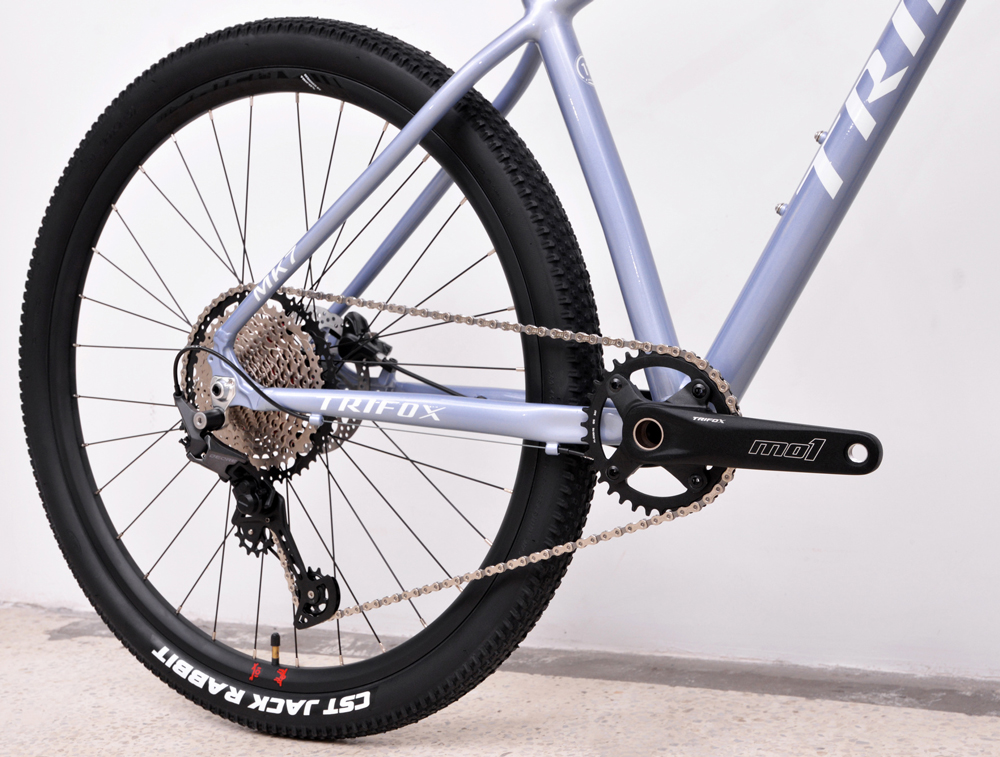
Conclusion
Tightening bicycle spokes may seem like a daunting task, but with patience and the right tools, it becomes a manageable and rewarding aspect of bike maintenance. By following this step-by-step guide, you can ensure your wheels remain true, providing a smoother and safer ride. Regularly checking and maintaining your spoke tension will extend the life of your wheels and enhance your overall cycling experience. Happy riding!




























































